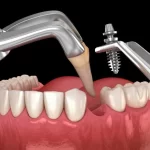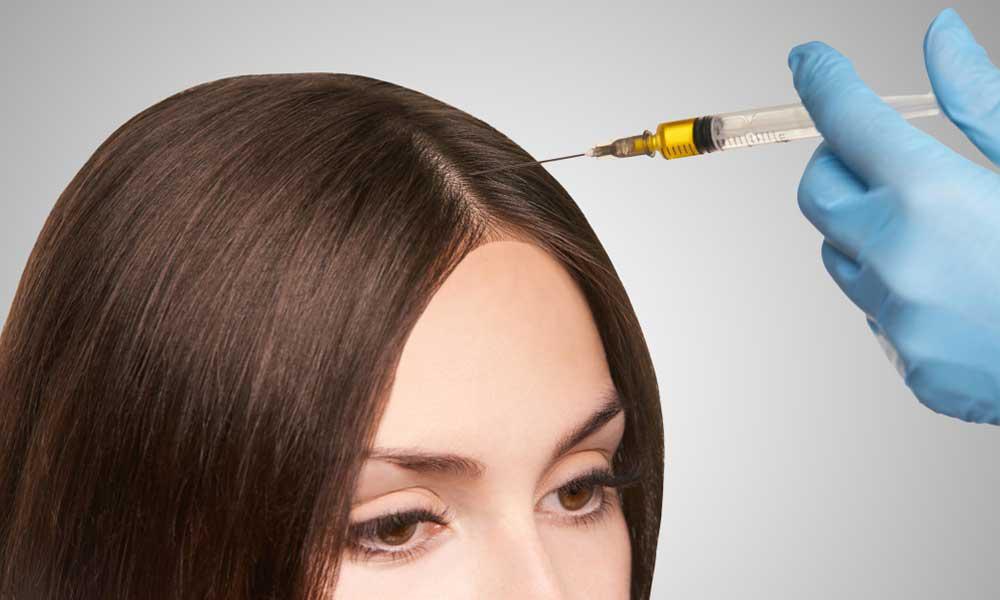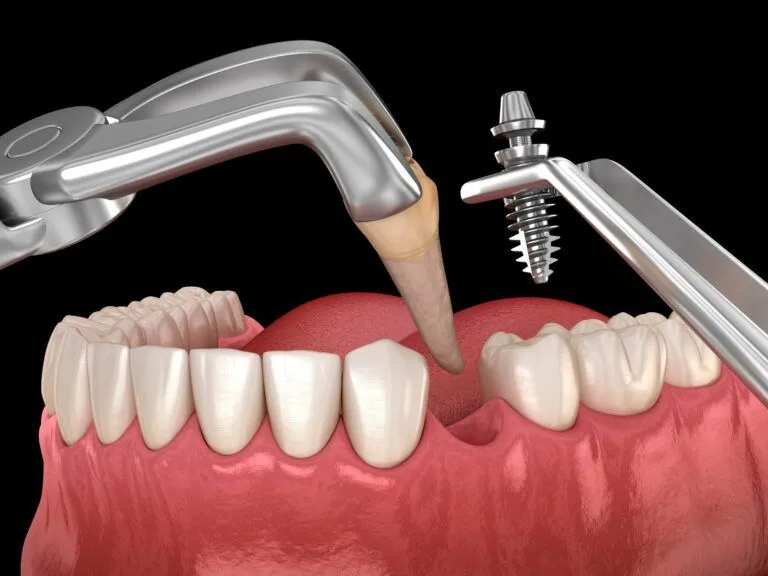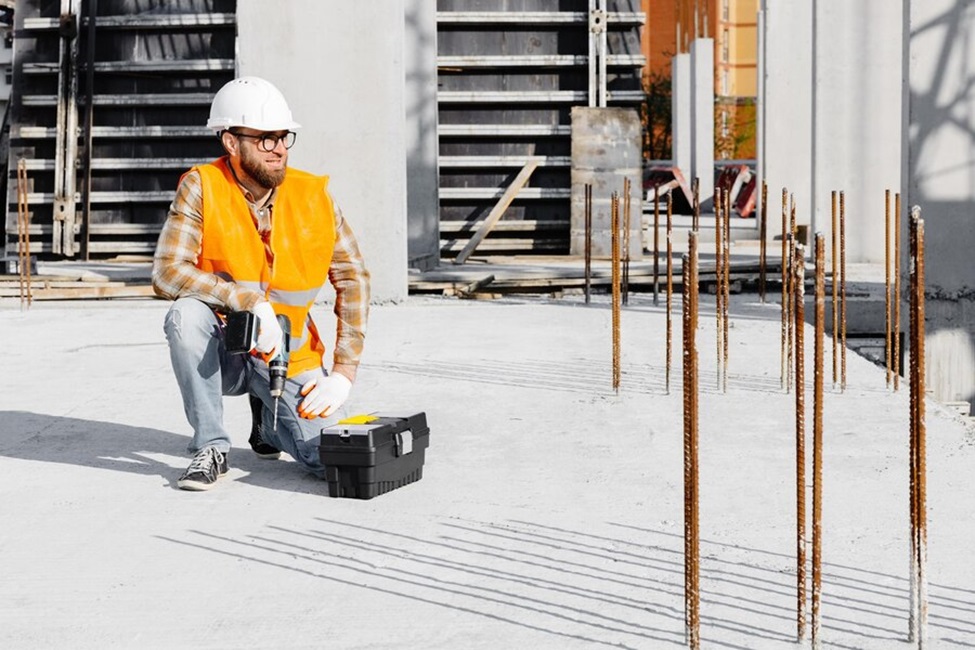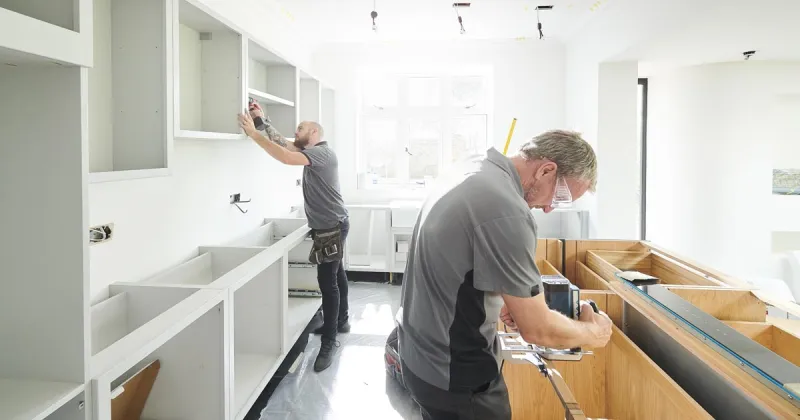Find Out Why You Need PRP Treatment
What is platelet-rich plasma injection? What are the various applications of this type of treatment? Are there any side effects related to the treatment PRP? If you have chronic tendon and joint pain, sports-related injuries, or other musculoskeletal conditions, get platelet-rich plasma treatment for quick recovery.
Platelet-rich plasma (PRP).
The components of PRP are platelets and plasma. Platelets are blood cells that aid in the formation of clots to stop bleeding and support cell growth. Plasma is the part of blood that is liquid. Its main composition is water and proteins. It is the transport medium for white blood cells, red blood cells, and platelets to circulate in the body. When these two components are combined, platelet-rich plasma injection is created. Treatment PRP injection enhances post-surgical recovery, treats sports injuries, and prevents hair loss.
PRP injection treatment.
The blood components of the patient aid to accelerate the healing of injured muscles, tendons, and joints. The patient’s blood sample is collected, sealed in a container, and centrifuged to separate red blood cells from platelets and plasma. The plasma is extracted and prepared for administration. The concentrated plasma is then injected directly into the injured tissue to stimulate the growth of healthy cells and promote healing. Researchers believe the healing time is reduced due to the increased concentration of tissue growth factors in the injected area.
Applications of PRP treatment.
- Post-surgical healing.
After surgery, tendons, muscles, and ligaments take a long time to heal. PRP treatments help to accelerate the healing process.
- Tendon injuries.
Chronic tendon injuries such as Achilles tendonitis, tennis elbow, and patellar tendinopathy take a long time to heal. To stimulate the healing process, PRP injections are added to the treatment regimen.
- Osteoarthritis.
In the treatment of osteoarthritis, PRP shots help to treat stiffness and pain by reducing inflammation and modulating the joint environment.
- Hair growth.
Inflammation that leads to hair loss is reduced when the scalp is injected with PRP. It prevents the loss of hair and promotes hair growth.
- Acute injuries.
PRP injections are used to treat acute sports injuries such as knee sprains and pulled hamstring muscles.
Side effects of PRP treatment
The body’s plasma is used in the treatment method hence, the risk of allergic reactions is significantly low. After a blood draw, some individuals may experience lightheadedness. Ensure to stay hydrated to avoid this. Some patients complain of bruising and soreness in the injection site. Other side effects may include:
- Infection.
- Bleeding.
- Nerve injuries.
- Tissue damage.
Precautions to take before PRP therapy
- Avoid washing the treated area for two days.
- Do not take medications that thin your blood.
- To avoid feeling lightheaded, consume a full meal before the procedure.
- Do not take supplements and vitamins that affect the blood’s consistency.
Conclusion
A blood sample from the patient is drawn and then centrifuged to separate red blood cells from platelets and plasma. The highly concentrated plasma is extracted and injected directly into the injured tissue to stimulate the growth of healthy cells and promote healing. The applications of PRP treatment include hair growth, osteoarthritis, tendon injuries, post-surgical healing, and acute injuries treatment. The side effects of treatment prp are minimal and include tissue damage, bleeding, nerve injuries, and infection.



